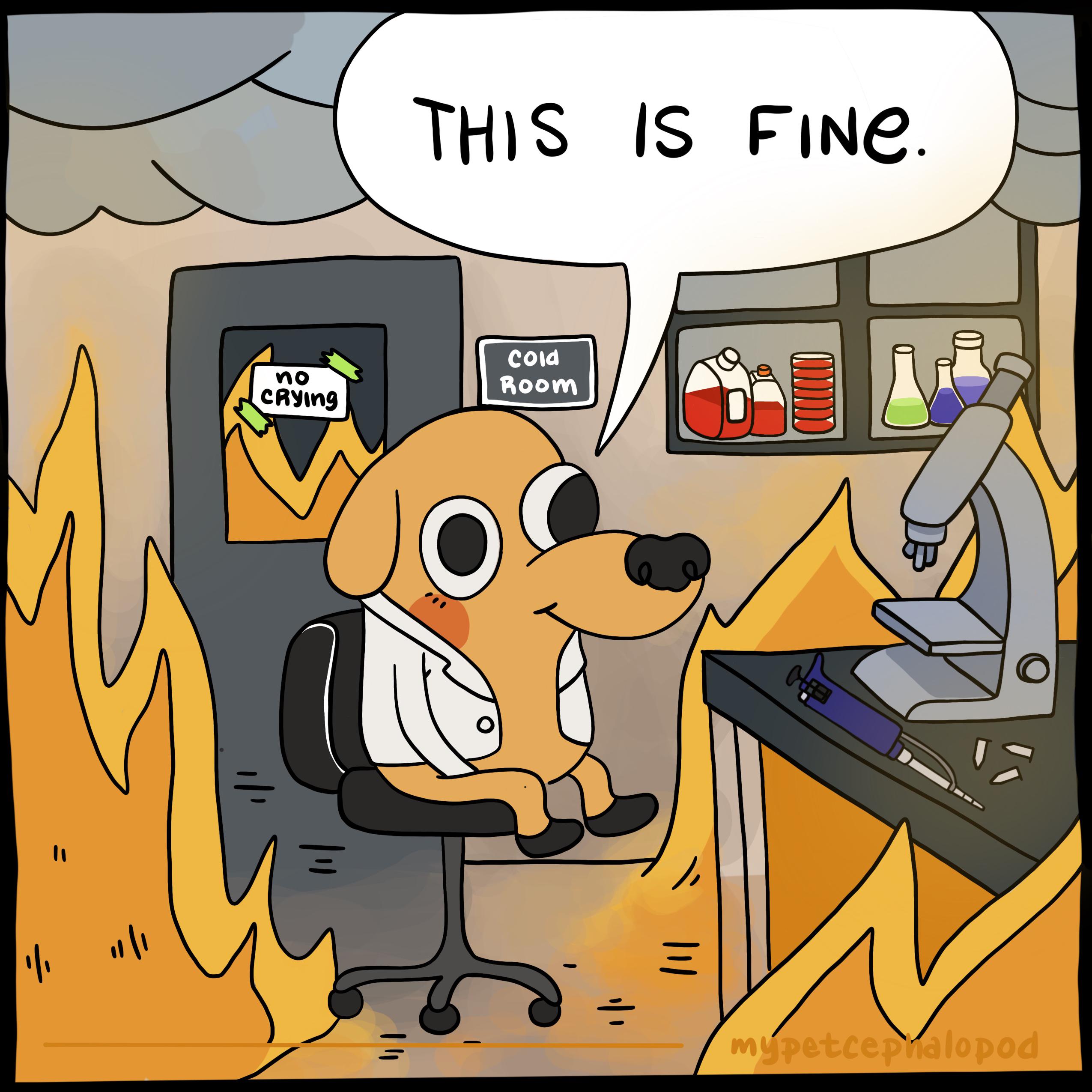The problem is that they never hear about the stuff MAGA folks do. Fox doesn’t report about it, but they blast Biden’s gaffes from the rooftops, meaning more mainstream news orgs have to cover Biden’s gaffes or risk looking like they’re playing favorites. So the MAGAs never hear about the evil stuff Trump says unless they go looking for it–which they only do if they want to hear it from him anyway.
- 1 Post
- 1.35K Comments

 2·1 day ago
2·1 day agoBoth can be true: it is too expensive, and there’s no money to be made. $840B wouldn’t put a dent in the launch costs for the tens of thousands of rockets we’d need to put into space over the next several decades in order to just get rid of the Pacific Garbage Patch, to say nothing of the rest of the trash on this planet.
And actually, there’s a third true thing: it wouldn’t help much. Having it on Earth isn’t the problem; it’s having it in the oceans that’s the problem. Partially because of the environmental impact, partially because of the biological impact, and partially because we don’t have access to it to reuse it, so we have to keep making more. Once we had it out of the oceans, we could recycle it or even just sequester it away.

 3·1 day ago
3·1 day ago-
To get into the sun, we’d probably want to fuel the rockets in space using reaction material mined in space (from the moon or an asteroid). That would more or less eliminate the problem you’re talking about, which is why I kind of skipped over that in my comment. But you’re right; this is one of a million things that makes space travel hard and expensive.
-
We can get up to any speed with enough time and fuel. The trash rockets would just need to get into a solar orbit, and then burn retrograde for a fairly long while. Or if you add a gravity assist in, this is doable today; the Parker Solar Probe got to (and indeed beyond) that speed, for instance. It’s easier and quicker when there aren’t squishy people aboard (we don’t tend to like acceleration much higher than 9.8m/s², for instance).
-

 4·1 day ago
4·1 day agoOh, also: I don’t think it’s a stupid question. It’s a fun question. It might not be a workable plan, but I love thinking about this stuff.

 21·1 day ago
21·1 day ago-
Just gathering all the trash would be tricky (and, rocket aside, if we could do it easily, we’d probably have done it already; and just put it in a big garbage dump or something). Think about a swimming pool with a bunch of fallen leaves in it; it’s moving around constantly, and if you swim toward one it’ll kind of move away from you or break up when you try to pull it out.
-
Ok, let’s handwave getting the trash out of the ocean. It’s probably a solvable problem. First we need to sort it; all of the recyclables need to stay and be recycled, because we still need that material and because we need to reduce the weight. Compostable stuff can probably also just stay and be composted. Corrosive stuff probably shouldn’t go on a rocket. All of the wet trash (it came from the ocean, it’s all wet) needs to be dried out first; partially because we need the water, and partially because water is really heavy. And once we’ve done all of that…well, trying to figure out something productive to do with that big pile of dry trash is almost certainly going to be cheaper than launching it into space.
-
Ok, let’s handwave that problem too; let’s imagine we’re just going to grab it out of the water, compress it, and get it onto a rocket. Except we’re going to need a whole lot more than one rocket; a decent guess says that we’ve launched 18,003,266 kg into space ever—over our entire history in space—but the Pacific Garbage Patch alone is estimated to be at least 45,000,000 kg, meaning we’d need to launch more than twice the number of rockets we’ve ever launched before. More than 60,000 rockets have been launched since 1957, so that’s substantial. It would take a while; even if we turned the entire space industry’s output toward the project, they’re “only” launching about 1,000 rockets a year nowadays, so it’d take at least 120 years of NASA, SpaceX, Blue Origin, Roscosmos, the ESA, the Chinese Space Agency, etc. doing nothing but trash full-time.
-
Ok fine. Again, we’re handwaving; let’s imagine we have everything loaded up on rockets on the launch pad. Just getting it into orbit is tough for the simple reason that we have to take not just the payload (the trash) but also the fuel we need to get it there, and to get that fuel off the ground we need fuel, and to get that fuel off the ground, we need— you get the picture. The Tsiolkovsky equations govern how much, and thankfully the number isn’t exponential. But we will still need a lot of rocket fuel. Good thing we’re devoting the entire space industry’s output toward this for the next 120 years.
-
Now it’s all in space. Great! That was actually the easy part. We could just leave it in orbit around Earth; that would be a really really bad idea for a lot of reasons (but it’s what we’re already doing with our space junk, so…), and you said “into the sun,” so let’s talk about getting it there. Believe it or not, getting it into the sun is actually way harder than getting it out of the solar system entirely. If you were on a rocket, and you pointed it toward the sun, and you burned and burned and burned and burned until you ran out of fuel, you would counterintuitively end up somewhere out past the Earth’s orbit on the other side of the sun. This is because you have to actually cancel out your (very fast) orbital rotation, which you inherited from the Earth when you launched, before you can get pulled into the sun; otherwise you just end up going around the sun in a very elliptical orbit. It takes a lot of fuel to cancel out Earth’s substantial orbital rotation. So we have to get that up there too.
-
The good news is, once you get it to the sun, you’re good. It won’t cause any noticeable change to the sun (the entire Earth could fall into the sun and it wouldn’t care). And while the trash would initially melt and then burn due to all the heat, smoke is entirely a product of atmosphere and gravity; so no smoke would be generated and it would not make it back to Earth. But once all the ash made it to the sun, it wouldn’t continue burning per se; the sun doesn’t produce heat by burning, but by fusing lighter elements into heavier ones. The Garbage Patch is mostly plastic, so carbon polymers. But the sun isn’t big enough to fuse carbon into magnesium, which means all of those carbon atoms would just kinda…sink into the sun, hanging out under all the hydrogen and helium and lithium and beryllium and boron, but on top of the nitrogen and oxygen and such, for the next ten billion years until the sun turns into a red giant. Then, the sun will expand outward, potentially to engulf the Earth’s orbit; at which point it will reclaim all the atoms of the trash we didn’t send up there.
-
Eventually, after a bunch of different cycles and drama, the constituent atoms of our trash and everything else would become part of the white dwarf that our sun will become; a small, slowly-cooling stellar remnant. After that…we don’t know! The time it takes for a white dwarf to cool completely is longer than the life of the universe so far, so we have to speculate. It’s possible that the remnants of our sun and our trash and everything else might end up becoming a black dwarf, which might look like a shiny spherical mirror the size of the Earth.
All of that seems like a lot of work. I think we should try something else.
-

 2·2 days ago
2·2 days agoWhatever the maga hive mind decides over the next couple days.

 5·2 days ago
5·2 days agoA lot of someones did remind him of that after Hurricane Maria, when he loudly bragged about getting on the phone with “the president of Puerto Rico” and was subsequently reminded that that was him.
Honestly, that’s probably 90% of the reason he even went to Puerto Rico (and threw paper towel rolls at them).

 6·2 days ago
6·2 days agoIt’s even worse: it’s “I never thought the leopards who said they would eat all faces and actually ate several on live TV would ever actually eat any faces,” says person voting for leopards eating faces party because they promised to eat faces.

 5·3 days ago
5·3 days agoWell, the way we “went back to normal” after an intense election campaign in 2015-2016 was just…not. Not letting it end for the last nine years. This is essentially still the same campaign that started with the stupid escalator ride. I hope it actually does go back to some semblance of normal in a few months, and we can see how that works then.
You can definitely swipe up on a notification to make it go away without dismissing it.
Honestly, just make this habit: whenever you see a non-actionable notification, before you swipe it away, long press it and hit “turn off notifications.” Then you can go through that app’s list and choose the ones you need—or turn the app’s notification off completely!
For ones you want to show up, but don’t want interrupting you, switch their delivery to Silent and Minimized.
Be ruthless with your notifications. You’ll feel a lot better.

 4·5 days ago
4·5 days agoIt’s a fairly common expression in English, too, with much the same meaning. I don’t know what sort of rock these people are living under.
That’s hotly debated by moral philosophers and ethicists.

 3·6 days ago
3·6 days agoI remember using the second definition in elementary school in the early 90s, before cell phones were on common use, long before they flipped open, and even before they had extendable antennas. I suppose they might have been a cordless landline, but I always assumed it was a corded phone. The “call me” message, then, wasn’t about being able to see someone but not hear them except in very specific circumstances; instead, it was implied to mean “call me later.” It could be used as a way of flirting, or it could be more platonic. I suppose it could also be used in a business setting, though I wasn’t really old enough to know.
Oh, that makes all the sense in the world. You’re probably right.
Even if it’s a dozen companies making cases for every type of museum, zoo, and aquarium, it’s probably going to be a little bit like Chromebooks where the vast majority of different options are going to look the same unless you stare at them right next to one another or are in the industry. Most industrial design ends up pretty samey because that’s what people expect.

 3·7 days ago
3·7 days agoThere are no such things as facts that come from outside of their leaders mouth.
Except when he says stuff that they don’t like, in which case they say “oh, he didn’t really mean it.”

 4·7 days ago
4·7 days agoSome of them do. Most of them believe, despite his own statements to the contrary, that he’d never do such a thing.
Why does every zoology museum look the aame
My guess is that it’s because there are only so many ways to arrange cases of bones and reproductions of skeletons in a way that’s visually interesting, compelling, and informational.

 1·7 days ago
1·7 days agoYou can actually fairly easily unload tabs with about:unloads right now, but you have to do it in the order
FacebookFirefox thinks they should be done for some reason.Honestly, I don’t know why, but sidebar tabs have just never worked for me. It makes no sense, but for some reason my brain just doesn’t process them correctly.
But I agree, in general more fine-grained control of tabs would be the thing I would need in order to feel like Firefox was feature-complete.
Edit: Facebook? Wtf?

 9·7 days ago
9·7 days agoFun fact: that was the original idea behind VLC! You could connect to video (and audio) streams. Hence, “VideoLAN.”


Harris gets to have her cake and eat it too, though; she can say she disagrees to give herself a little bit of distance from Joe in the eyes of the moderate right, and at the same time she gets the press bump on the moderate left from her boss saying it. Honestly, it’s probably going to go well for her.